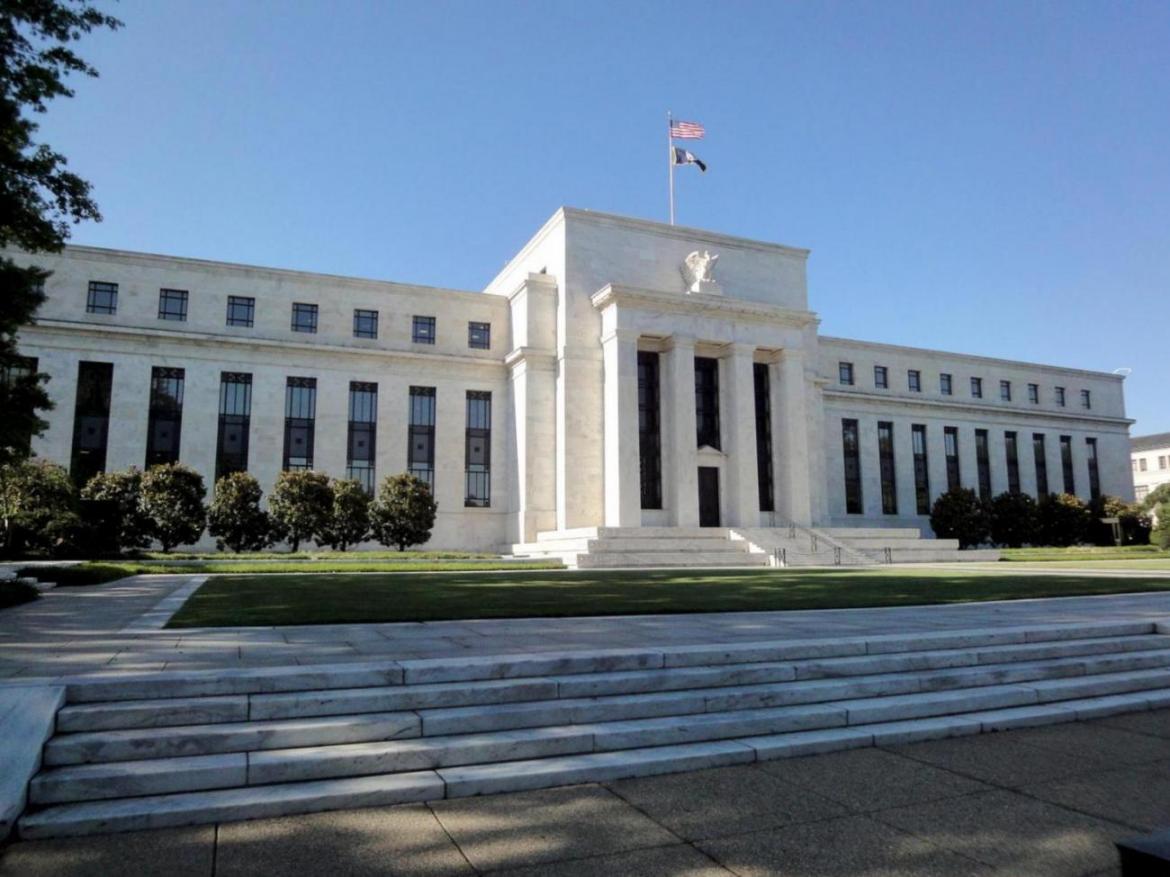Over the course of the last seven years there have been a series of excuses for why bad inflation predictions turned out to be bad. The most prominent excuse is that the bad inflation predictions weren’t wrong, but merely haven’t been right just yet. This is a classic move in economics. If you want to ensure that you’ll never be wrong, you make a prediction, but never apply a time line.
That way you can always kick the can on your prediction and say you haven’t been wrong, but merely early. This is a wonderful way to go bankrupt in the financial markets and is often a strategy utilized by morally bankrupt economists, Cullen Roche opined for Investing .com.
The most common theory about the lack of inflation with QE (quantitative easing) is the Liquidity Trap theory. This is the theory that cash and bonds have become near perfect substitutes and that the holders of these assets are relatively indifferent to them. So the demand for money is high for various reasons. This is partially true, but not for the reasons that so many people cite.
Deleveraging Cycle
During a deleveraging cycle, money is actually destroyed as loans are repaid. Just as loans create deposits, the repayment of loans destroys deposits. In other words, it shows how much the Fed has offset the deleveraging via QE.
But the proper way to think about this is that all the Fed did was maintain the prior trend in deposit growth. So, consider the alternative environment in which the Fed doesn’t remove T-Bonds from the private sector and deposit growth continues at its pre-crisis trend rate.
So, the demand for money has been high, but it has been high because the household sector has been busy deleveraging. And all the Fed did was keep them running in place rather than sprinting forward as many in the “money printing” crowd might have you believe.
Inflation in Stocks
The inflation is all in stock prices. This is the most common retort about where the inflation went. The theory is that it hasn’t gone into consumer prices because it’s all gone into stock prices. But this doesn’t tell the full story. Yes, it’s true that the supply of bonds has been reduced which has created a portfolio rebalancing effect thereby increasing demand for other assets.
But the key to rising stock prices in the last 7 years has been a boom in corporate profits, not QE. After all, just ask yourself what would have happened if corporate profits had continued to sink like a rock after 2009. Would the rally in stocks really have been all that sustainable even with QE? I seriously doubt it.
Interest on Excess Reserves
Interest on excess reserves is keeping banks from lending. This was a popular one back in 2009 when economists couldn’t explain why the Money Multiplier was broken. Countless famous economists came out trying to explain the ineffectiveness of QE by claiming that the payment of interest on excess reserves was keeping banks from lending. But this is also misleading as banks don’t lend their reserves.
Those who understood that the money multiplier was a myth knew that QE wouldn’t lead to more lending because banks don’t multiply their reserves when they make new loans. In addition, there’s no reason why the payment of interest on reserves would keep banks from lending to creditworthy customers. Banks are in the business of maximizing the spread on their assets and liabilities. The problem again was a deleveraging and a lack of creditworthy customers, not the payment of interest on excess reserves.
The real problem with QE and its ability to cause inflation is none of the above. The reason why QE hasn’t resulted in high inflation is because it does not have a powerful transmission mechanism through which it can directly impact private sector balance sheets.
Seven years should be long enough for us all to begin questioning the logic of so many of these flawed arguments.


